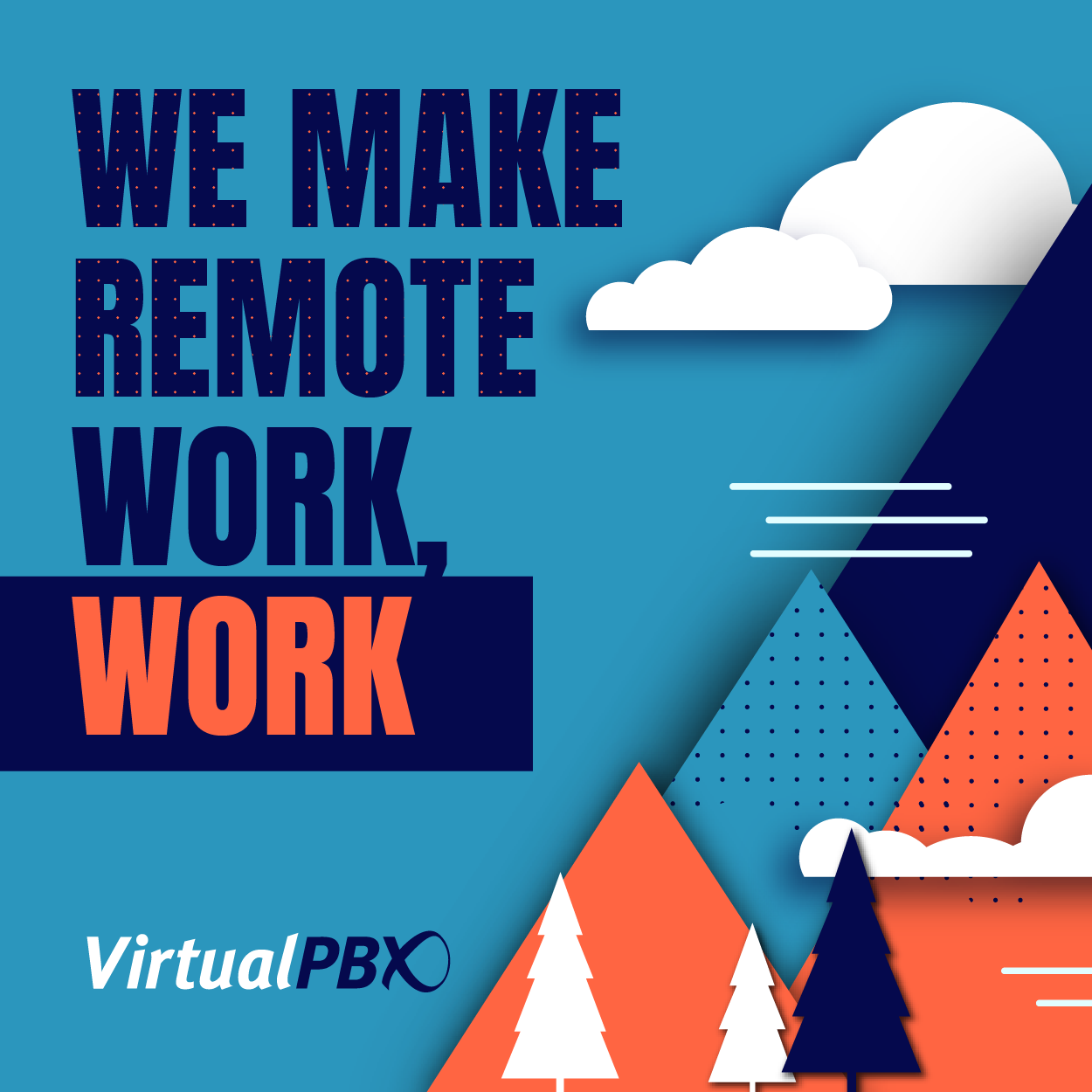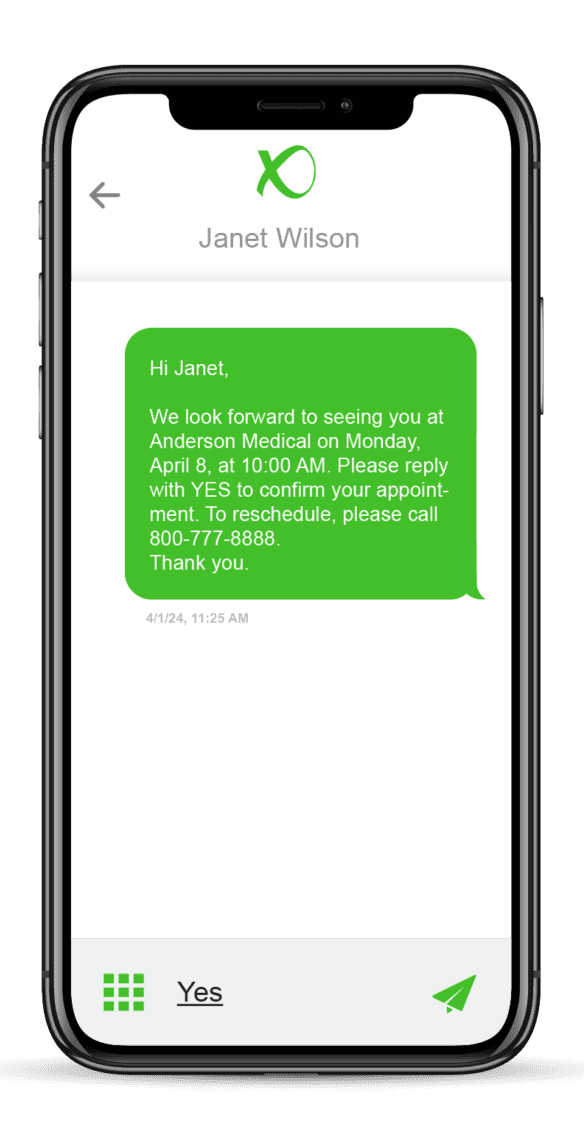Guest Blog from Sphinx Solution
Nowadays, a solid communication system is the key to any business success. Whether you have a startup or an enterprise-grade business, cost-effective & efficient communication systems help you achieve long-term success. That is where VoIP & texting steps in. Integrating VoIP & texting in your business transforms the way you communicate with your partners, customers, and employees. In this blog, we are going to discuss the key aspects of VoIP and texting and how to integrate them into your business. Let’s get started on transitioning your business.
What is VoIP?
VoIP refers to Voice over Internet Protocol which is a unique technology allowing you to create voice calls on the internet seamlessly. It mainly transmits converted signals using broadband Internet connectivity that are reconverted into sounds once received.
This means VoIP solutions convert human voice into a signal that travels through the Internet. Technically, VoIP enables users to create voice calls from their smartphones, tablets, and computer devices. Some of the major benefits of integrating VoIP technology with your ecommerce management platform, include:
- Cost savings: As the name implies, the VoIP system mainly utilizes the Internet to make voice calls. Therefore, all data is converted into packets & transmitted to the IP network. This helps you effectively avoid long-distance charges & significantly minimize monthly phone bills.
- Scalability: Scalability is another significant advantage of VoIP systems. With this system, you can seamlessly add & remove phone lines as the business starts growing or changing, without any necessity for complex installations.
- Flexibility: VoIP systems offer higher flexibility to the users. With these systems, you can easily make & receive voice calls from any location. This level of flexibility makes it easier for those who work remotely or from other locations.
- Feature-Rich: A VoIP system usually comes with a number of features, including voicemail-to-email transcription, call forwarding, call recording, and so on. It has more useful and advanced features than traditional calling systems.
- Integration: VoIP systems can easily be integrated with different business applications such as CRM (customer relationship management) software that improves overall workflow efficiency. Moreover, you can also switch between tools & sync data between them.
Apart from that, businesses also get the following benefits from integrated VoIP systems:
- Employees remotely access the systems
- Makes it easier to set up remote teams or distributed teams
- Makes communication processes streamlined
- Easy to develop & update in the cloud
- Very cost-effective option than analog systems
- Allows to add unlimited software applications

Steps to Transitioning Your Business To VoIP
Transitioning to VoIP systems in the business mainly offers a number of benefits including improved communication capabilities, cost savings, etc. The following steps will help you transition to VoIP systems in your business smoothly:
- Initial assessment: Start by thoroughly evaluating your recent communication infrastructure & basic requirements. You should also evaluate how many lines you want, what functionalities and features are important & whether you want additional hardware or not.
- Choose a service provider: Make a shortlist of reliable VoIP service providers near you and select the perfect one that will meet all your project and budget requirements. Consider important factors like reliability, call quality, customer support, etc.
- Purchase equipment: Based on your service provider & configuration, you have to invest in VoIP adapters, phones, and other devices. Some providers also provide software based services that can easily be installed and operated on existing systems.
- Porting numbers: If you would like to keep your old phone numbers, you can consult with your VoIP service provider to port the existing number over to the current system. This always ensures continuity for your partners and clients.
- Configuration: Based on your requirements, you can set up your VoIP system. Create call forwarding, voicemail, and any other features according to your needs. You can also train your employees and help them know how the new systems work effectively.
- Testing & monitoring: Before the complete transition, you can conduct a thorough testing program to ensure system functionality & call quality. You should also track & monitor the overall performance & functionality of the system, and promptly address any issues
- Transition: Once you evaluate the entire system’s performance, start switching over to the VoIP system for business communications. Inform your partners and clients about the changes & update your contact data.
Steps to integrate texting into your business
Incorporating testing into a business is important to improve communication with potential customers, enhance customer support service, and streamline operations. Here is a quick guide to integrating texting into businesses:
- Choose the right platform: There are several texting platforms available in the market & every platform comes with unique characteristics & features. All you need to do is choose a perfect one that meets your budget, needs & scalability requirements.
- Obtain consent: Next, you must ensure you will have proper consent from employees as well as customers before you send text messages. Compliance with different regulations like TCPA & GDPR is important.
- Message Creation: Gather first and then organize phone numbers and contact details of potential customers and craft clear text messages that offer value to the recipients. Whether it’s appointment reminders, promotions, or updates, make sure every message is relevant.
- Automation & tracking: Next, you can utilize automation tools for scheduling messages, sending automated responses & segmenting the contact list for messaging. Moreover, track the performance of text campaigns, and monitor open and click-through rates, and engagement metrics.
Final Words for Transitioning Your Business
Transitioning a business to voice-over Internet Protocol & texting isn’t just an effort; it’s a powerful move that enhances efficiency and customer satisfaction significantly. As modern technologies continue to grow, we surely expect more integration of VoIP, texting, and other channels that will improve the way a business interacts & communicates with the stakeholders. By maintaining the above-mentioned steps you manage your business effectively to stay on top of this digital era.







